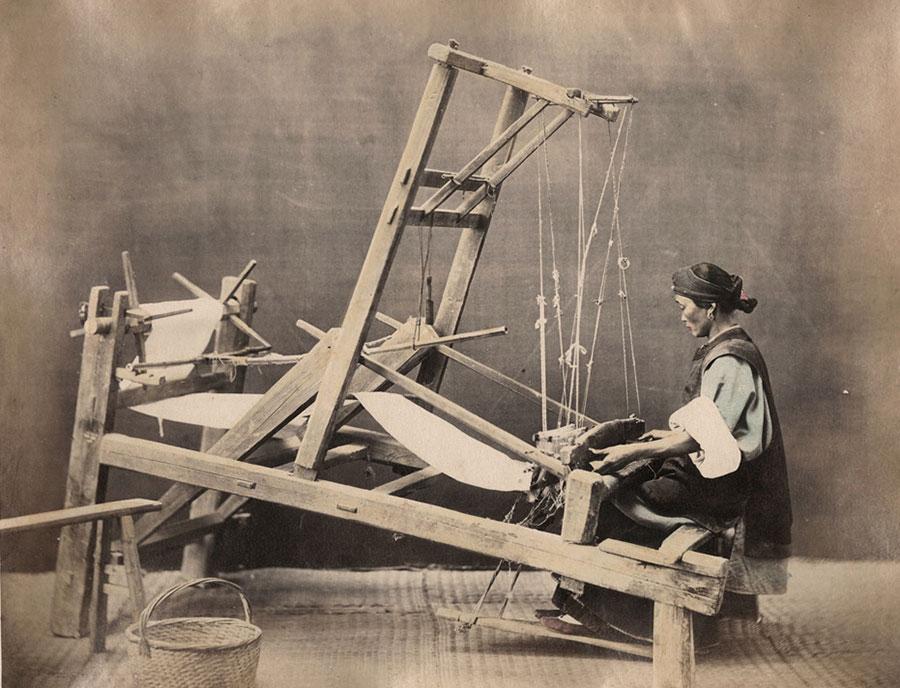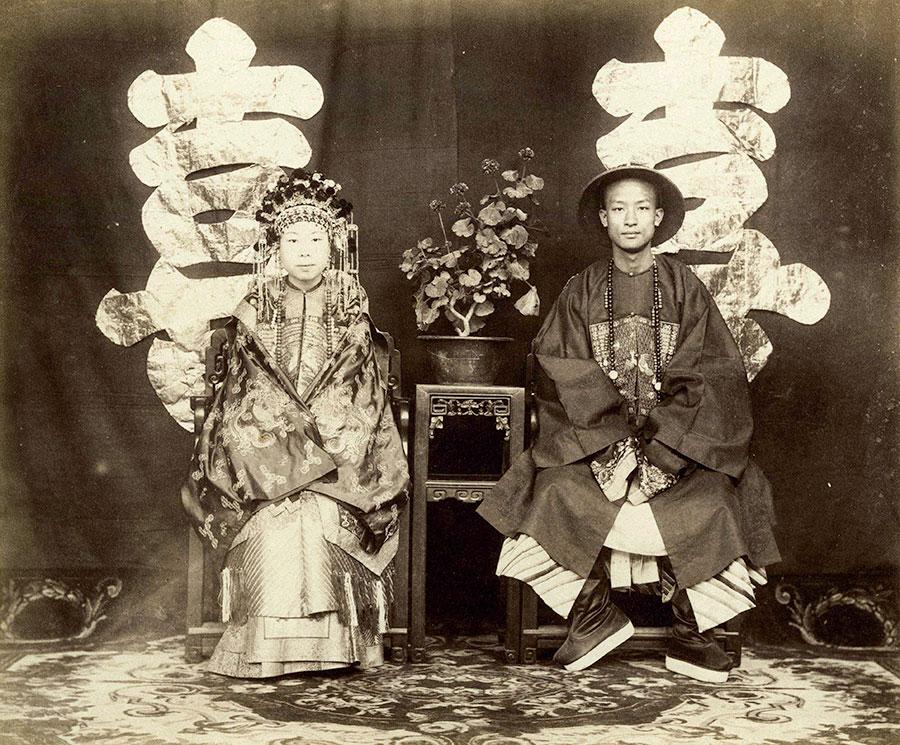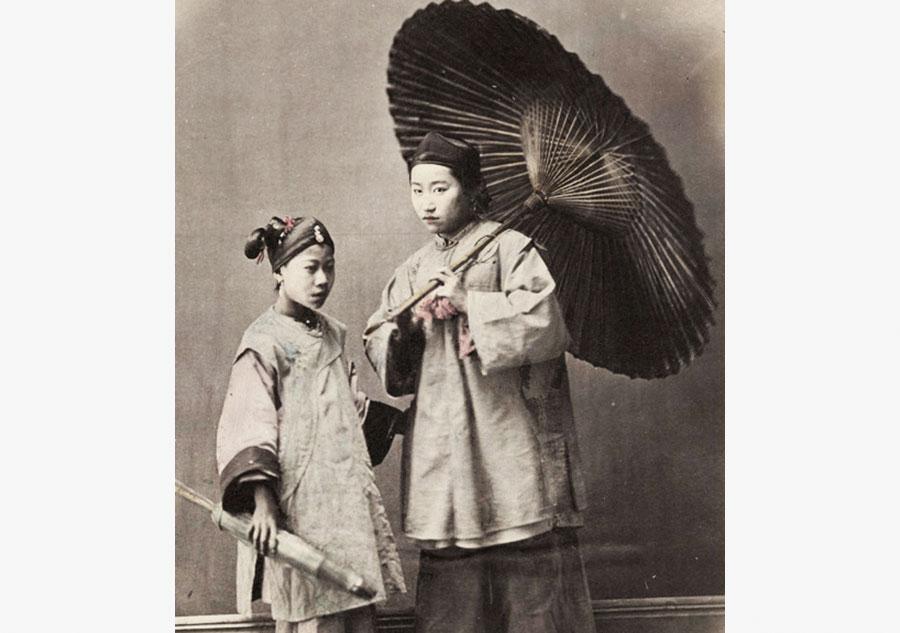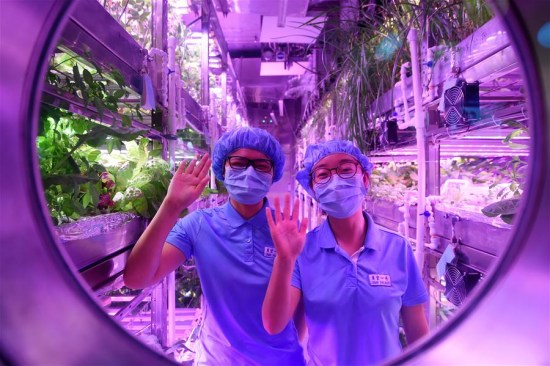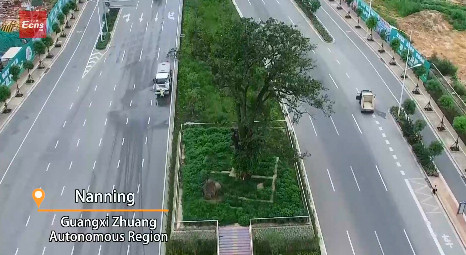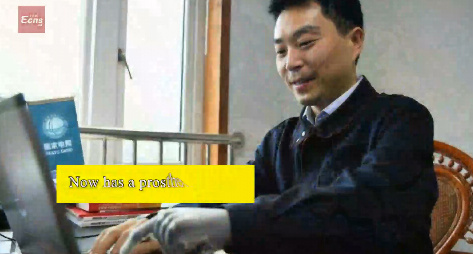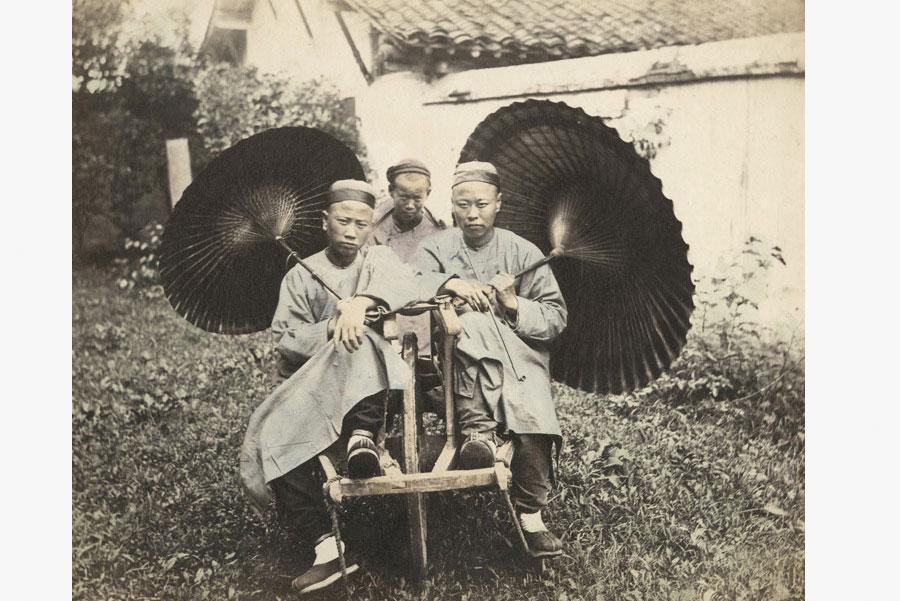
Hand carriage
In mid nineteenth century China, photography threatened the careers of the portrait and trade painters in the port cities. Consequently, Chinese artisans adapted to keep their livelihoods – becoming photographers themselves or taking up jobs as colorists for established photographers like Saunders. "The artists worked on wooden tables, and their supplies included brushes, ink stones, and porcelain bowls," said Lambrow. "Coloring a photograph was a precise and time-consuming process - colorists typically produced no more than three finished prints a day." The tinted prints - which were hugely popular among the 'well-to-do' throughout the world - were ahead of their time, according to Lambrow. "There is no record of such prints having been seen before in Shanghai or anywhere else," she said.
The exhibition in November will include many hand colored photographic prints from a portfolio Saunders created called Chinese Life and Character, in which he used 'genre' art. The style – which Saunders imported from Europe - is an artistic convention that transcends the limitations of a specific time and culture. The images portray types of people, occupations and trades and customs in Shanghai at the time. "Only a handful of private collectors have assembled enough of Saunders's prints to support an exhibition devoted to his work," said Lambrow. "Now, Stephan Loewentheil has taken the initiative to launch this project." The exhibition will be held at the China Exchange in London's Chinatown from November 3–11. "Last year's show connected Raymond Watt to his family history when he recognized his family members in a portrait - a historical exchange," Chief Executive Officer of China Exchange, Freya Aitken-Turff, said. "I am very excited to see what sorts of exchanges take place this year during the second beautiful exhibition of nineteenth-century photography at China Exchange." Samantha Vadas is a freelance writer. She contributed this to China Daily.






